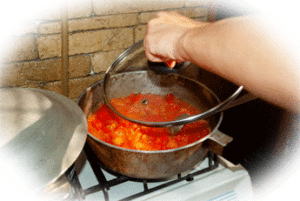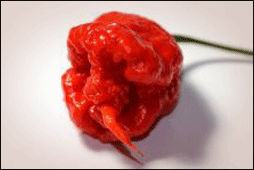 Ding Baozhen
Ding Baozhen
Koon Po chicken, originating from China’s Sichuan province, has become a global culinary phenomenon. This beloved dish, known for its spicy, tangy, and slightly sweet flavours, has transcended geographical boundaries and become a staple in many international kitchens. The dish’s journey from the bustling streets of Sichuan to tables worldwide is a testament to its universal appeal and the global spread of Chinese culinary traditions.
Legend has it that Koon Po chicken was named after Ding Baozhen, a Qing Dynasty official whose title was “Gong Bao” (meaning palace guardian). Ding Baozhen was known for his love of spicy food, and this dish was reportedly his favorite. The flavours of Koon Po chicken were crafted to suit his palate, featuring the bold and piquant ingredients typical of Sichuan cuisine. This connection to a historical figure adds an intriguing layer to the dish’s rich cultural heritage.
As Koon Po chicken made its way across the globe, it underwent various adaptations to suit local tastes and preferences. Each region that embraced the dish added its own unique twist, resulting in a multitude of variations that all retain the essence of the original recipe. This process of adaptation not only enriched the culinary landscape of the host countries but also highlighted the versatility and enduring popularity of Koon Po chicken.






 techniques passed down through generations to modern culinary hacks, we’ve got a
techniques passed down through generations to modern culinary hacks, we’ve got a

 One very hot Chilli
One very hot Chilli Carolina Reaper’s reign as the world’s hottest pepper was recently usurped by none other than
Carolina Reaper’s reign as the world’s hottest pepper was recently usurped by none other than

 A Rich History and Unique Flavour
A Rich History and Unique Flavour In recent years,
In recent years,  sweet and tangy to smoky and garlicky, ensures there is something for everyone. As a
sweet and tangy to smoky and garlicky, ensures there is something for everyone. As a  The Rich and Flavourful World of Kimchi
The Rich and Flavourful World of Kimchi